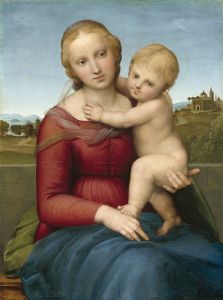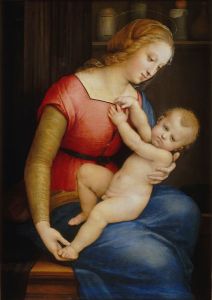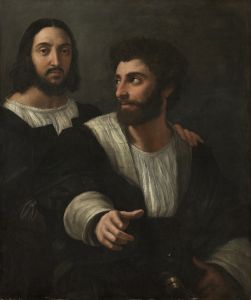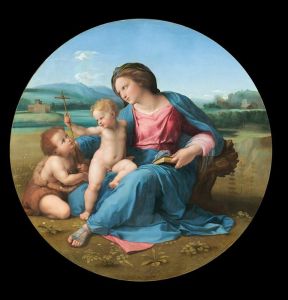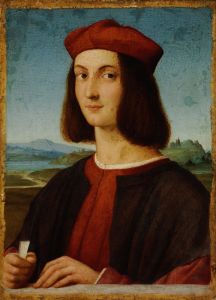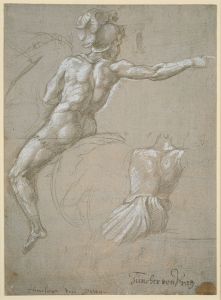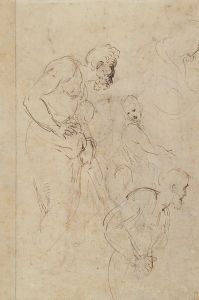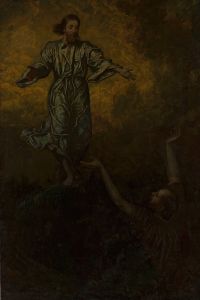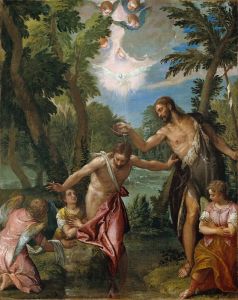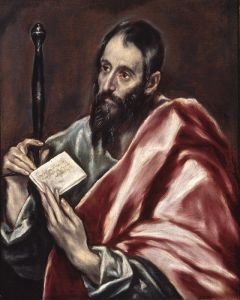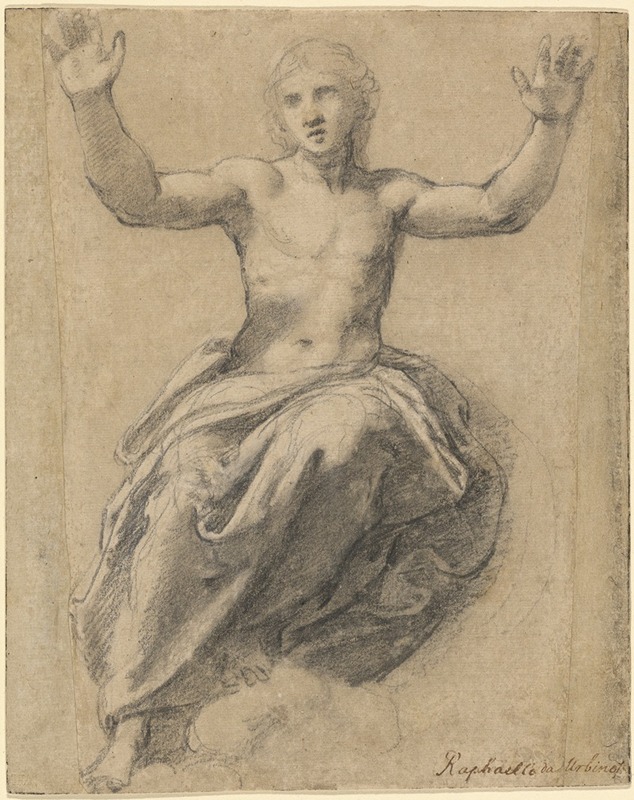
Christ in Glory
A hand-painted replica of Raphael’s masterpiece Christ in Glory, meticulously crafted by professional artists to capture the true essence of the original. Each piece is created with museum-quality canvas and rare mineral pigments, carefully painted by experienced artists with delicate brushstrokes and rich, layered colors to perfectly recreate the texture of the original artwork. Unlike machine-printed reproductions, this hand-painted version brings the painting to life, infused with the artist’s emotions and skill in every stroke. Whether for personal collection or home decoration, it instantly elevates the artistic atmosphere of any space.
"Christ in Glory" is a painting attributed to the renowned Italian Renaissance artist Raphael, although the attribution is not without debate among art historians. Raphael, whose full name was Raffaello Sanzio da Urbino, was an influential figure in the High Renaissance, celebrated for his mastery of form, composition, and visual harmony. His works are known for their clarity and ease of composition, as well as their visual achievement of the Neoplatonic ideal of human grandeur.
The painting "Christ in Glory" is believed to have been created during Raphael's Roman period, which spanned from 1508 until his untimely death in 1520. This period was marked by Raphael's work on several significant commissions, including the Vatican Stanze, a series of rooms in the Vatican Palace decorated with frescoes. During this time, Raphael's style evolved to incorporate greater dynamism and complexity, influenced by his exposure to the works of Michelangelo and Leonardo da Vinci.
"Christ in Glory" depicts the figure of Christ in a majestic and exalted state, a common theme in Christian art that symbolizes Christ's divine nature and his role as the savior of humanity. The composition typically features Christ surrounded by angels or saints, often set against a celestial backdrop that emphasizes his heavenly authority and the spiritual realm.
While specific details about the composition and elements of "Christ in Glory" are limited, Raphael's works from this period are characterized by their balanced compositions and the serene expressions of the figures. His use of perspective and anatomical precision would have contributed to the painting's overall impact, drawing the viewer into the divine scene.
Raphael's influence on the art world was profound, and his works have been studied and revered for centuries. His ability to convey complex theological concepts through art, combined with his technical skill, has cemented his legacy as one of the great masters of the Renaissance.
The painting's current location and provenance are not well-documented, which is not uncommon for works from this period. Many of Raphael's paintings have been subject to extensive study and analysis, with some attributions being re-evaluated over time due to new research and technological advancements in art conservation and historical documentation.
In summary, "Christ in Glory" is a testament to Raphael's artistic genius and his ability to convey spiritual themes with grace and clarity. Although specific details about the painting are scarce, its attribution to Raphael places it within a significant period of art history, reflecting the ideals and innovations of the Renaissance.





